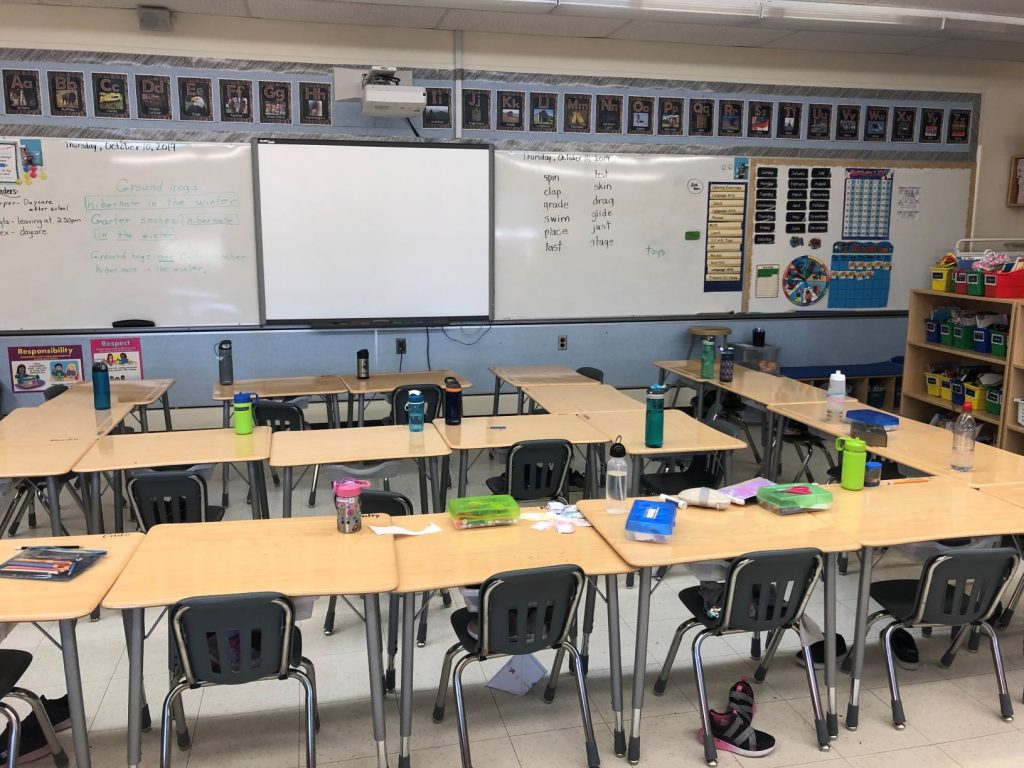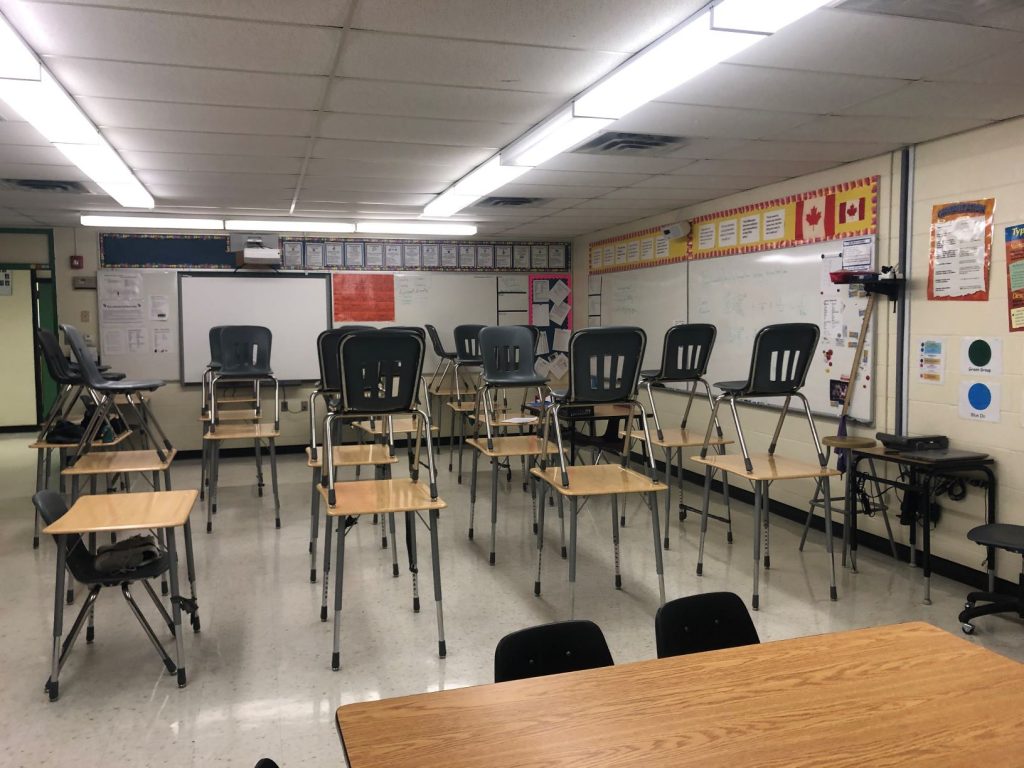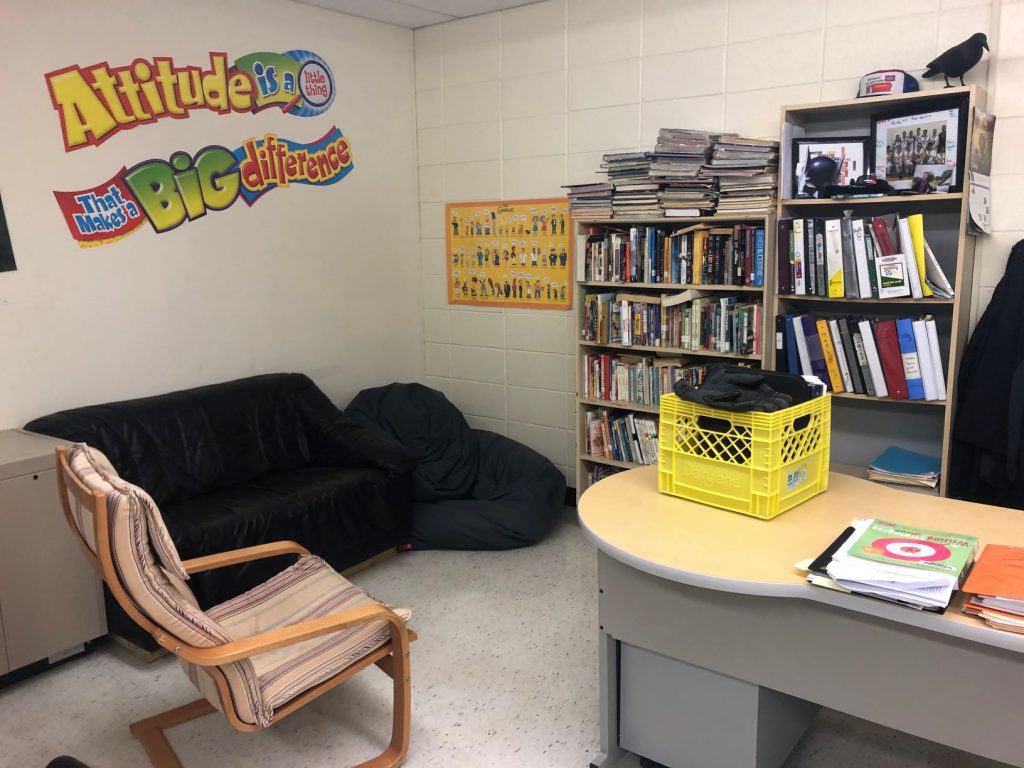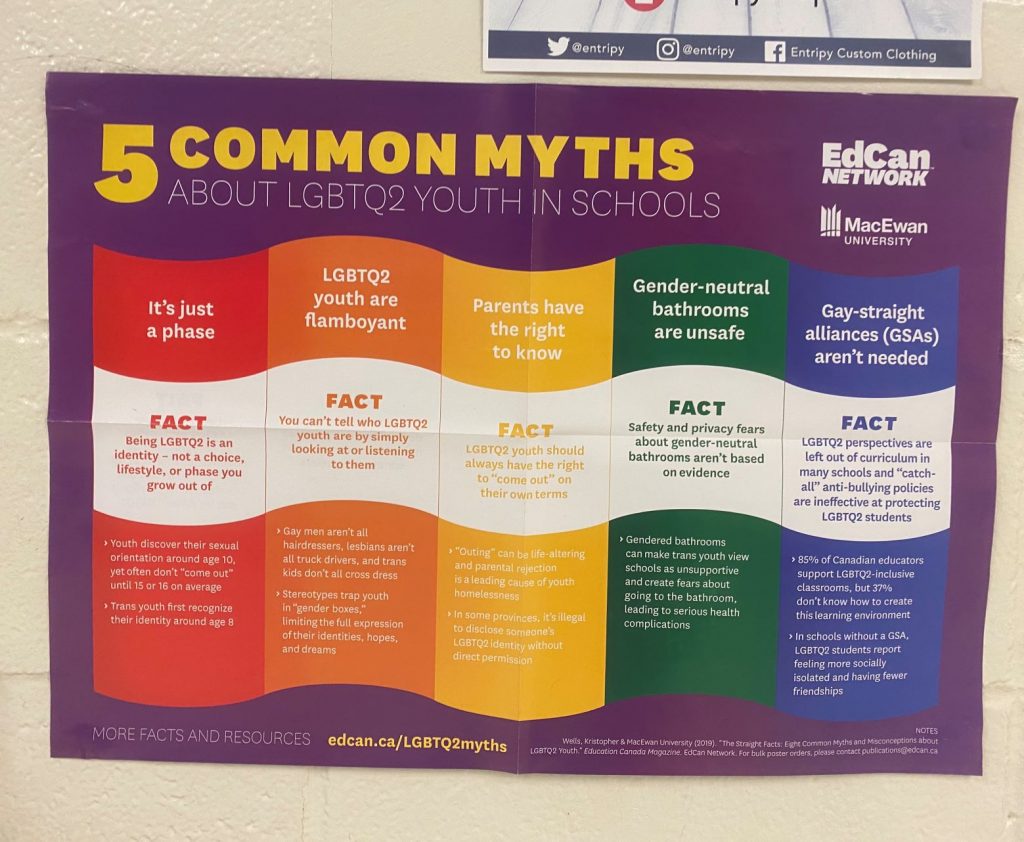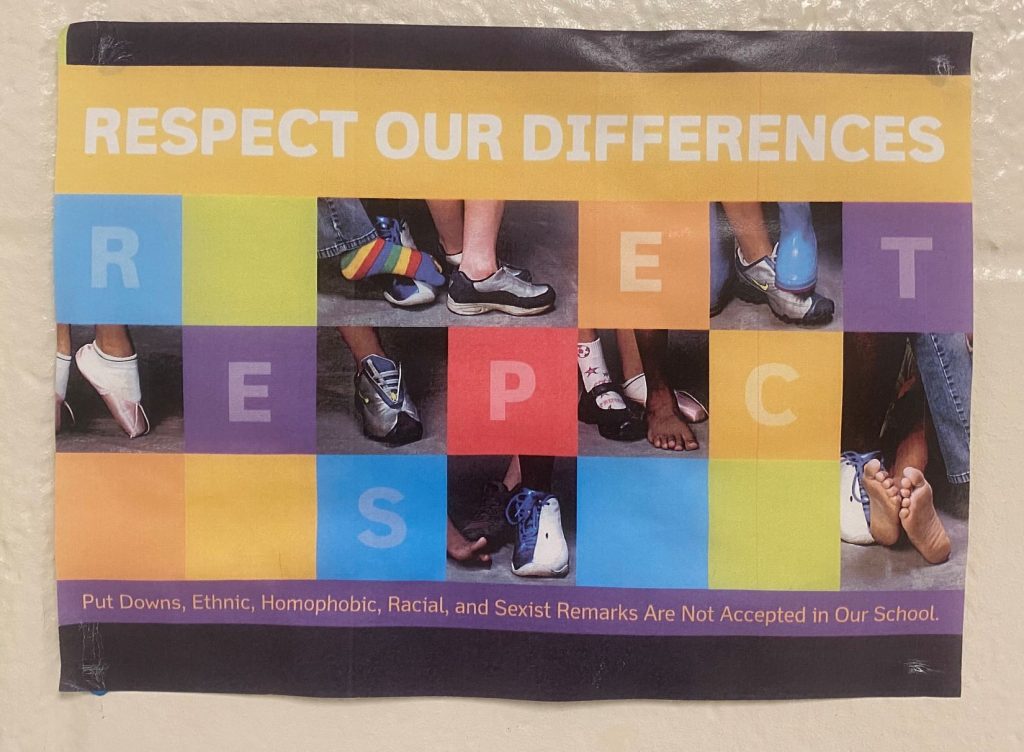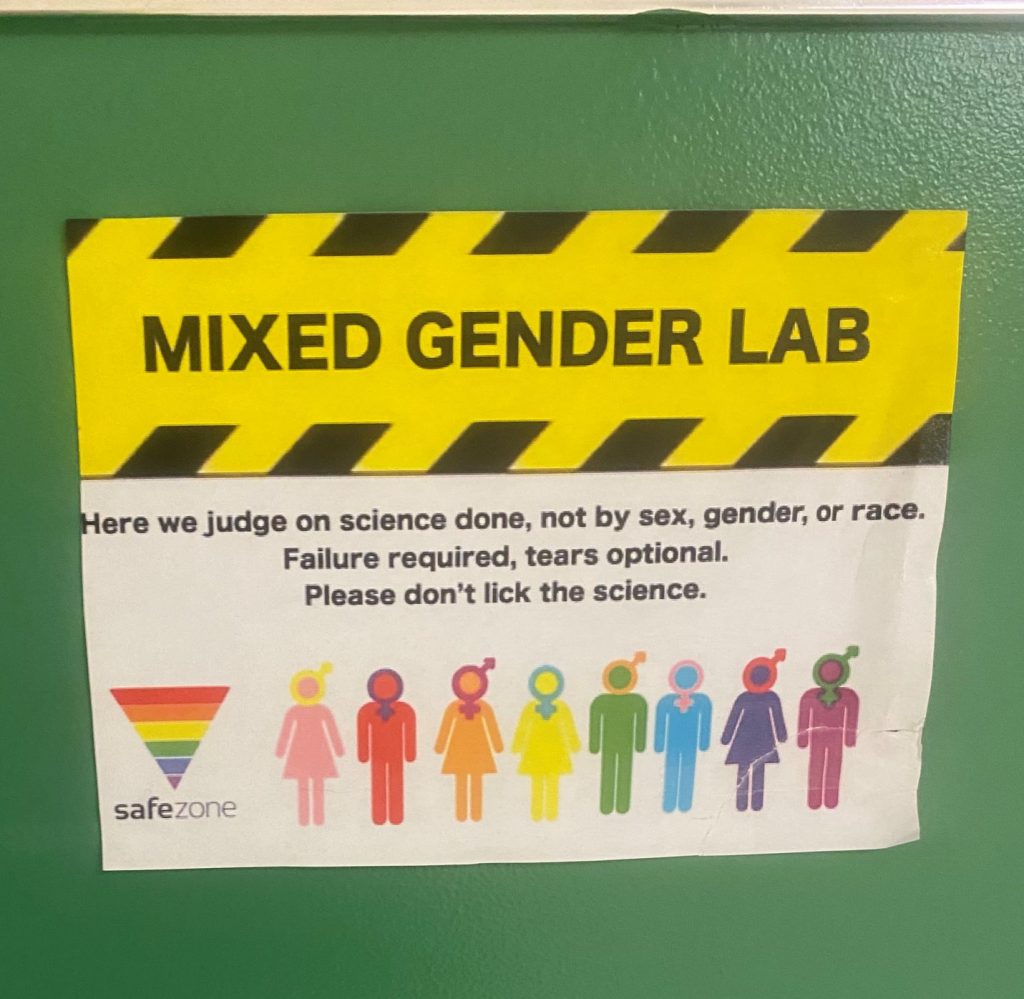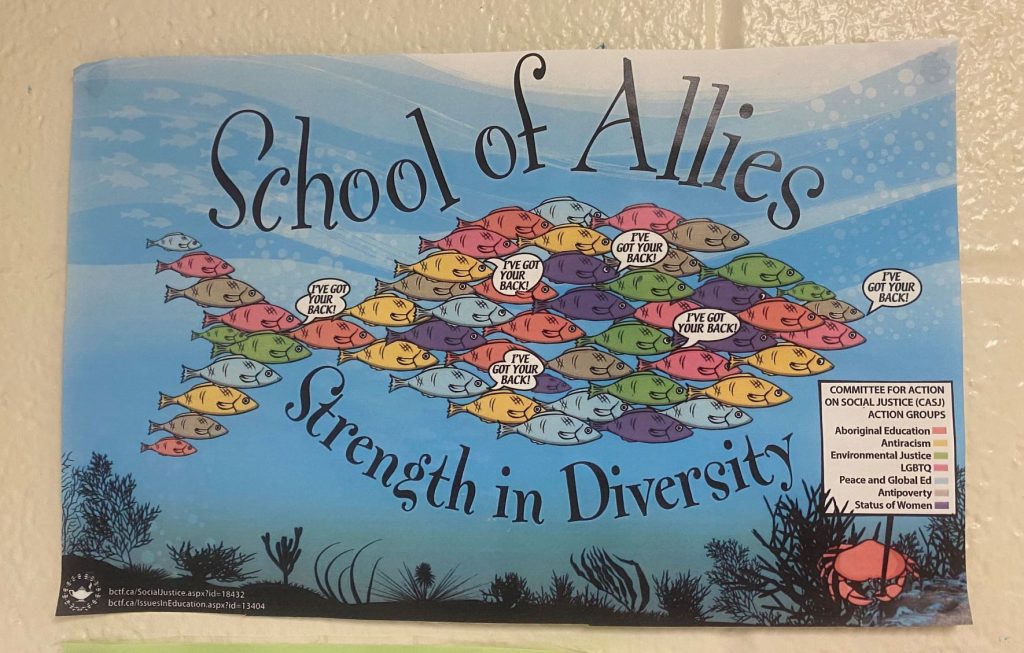First Day in the Field
I started my field experience on a rough day. I had found out the night before that four boys in the school had lost their father suddenly. Being from the community, I knew the reach would go far beyond those four boys. The father was most likely a hockey coach to other boys in school or had impacted their lives in some other way through his community involvement. Before students arrived, the morning began with disbelief as teachers heard the news. Two social workers were brought in with two more on standby, and the library was made into a safe space for those students who needed a break. A meeting for all staff was called to watch out for kids who are struggling. This situation brought me right back to the feelings I felt after Tamara’s accident. At this point, I had cried twice already before the students arrived. I got many hugs today from staff and talked to students in the hallway who looked like they may need someone. Even if not directly impacted, this brought up many emotions in students, just like I had thought of the last time our school went through this.
My supervising teacher had two back to back preps this morning and asked if I would like to go to a younger classroom and join another teacher. I jumped at this opportunity to be cheered up by 26 busy grade two students. For the first period, the class had a substitute teacher, while Mrs. H took students one by one for reading testing. For this first period, the students were very busy and off task. As soon as the second period rolled around, they had calmed down and were ready to focus. I helped some students focus through one on one help so they could get their catch-up work done. The amount of work D could accomplish if he had someone beside him was amazing. I learned how to pick out and notice those students who may not need to ask for direct help on a question, but flourish when sat beside and are engaged in the learning. I helped to engage D in his spelling by asking him questions about them. For example, I would say “the next word is swim, can you trace it out for me? Do you like swimming?”. One student, T, really got my attention. My first impression of her was that she was disruptive to those around her. After watching her a little more closely and hearing her answer many questions first and fast, I think she may have been bored and not felt challenged, so she began to entertain herself.
When it was time to go, a group of the students were sad that I wasn’t able to spend the whole day with them. T ran up and hugged me and asked if I can maybe come back another day. This group was also very excited for me to try to guess their names, which I got correct! Arguably I learned most from R, a student with nonverbal autism. He often needs to run back and forth at the back of the classroom, and I was interested in the dynamic between his needs in the classroom and the needs of the other students. The classroom is set up in a way that allows room for R to run. The desks are set up in an interesting, almost U shaped configuration. I can’t even find the words to describe it. A bookshelf separates the desks and the rug area where the students went to start their morning routine. The walls are decorated with bright and informative material. In particular, I noticed the alphabet wall, with First Nations examples of the letters. This classroom is very different from the way it was when I was in grade two. I sat in rows of desks with the chairs attached, while these desks were all together in one cluster with separate chairs. The room made me feel welcome, but cramped.
For period three, I was off to the grade eight-room for math. The 20 students had a work period for an assignment, so I tried to help answer questions. It was hard for me to try to answer the questions because the unit they were on was the one I had the most problem with when I was in grade eight. Many students worked with music, and I noticed that most of the students had learning supports in the form of wiggle seats or elastic bands to help them focus. The majority of students in this class have varying focus levels. I saw Mrs. K the EA help keep the same students on track. When J found out that I wasn’t feeling well and hadn’t eaten yet today, he was concerned and offered me some of his snacks. I appreciated his offer because it showed he cared. The grade eight classroom is made up of rows in straight lines. There is a sitting area in the corner, with a couch and chairs, for students to go read or quietly play a game when they are all done their work. Mr. K, the supervising teacher, said the hardest part about middle years is finding what to do when some are done their work, and some aren’t. He said that it is hard to get them to want to find other work to do, so he provides a place they can go to be quiet and occupied, so they don’t distract those around them. I asked Mr. K if he puts his students in rows on purpose, and he said he does so that they can focus better on their own work. I also asked if there is a reason why the desks are facing the wall with only a whiteboard and not the wall with a whiteboard and the Smartboard. He said it is because the wall with the Smartboard has the door, which is distracting to those who like to watch who walks by. I didn’t even think about this, let alone when I was in grade eight in that same room. This reminded me a lot of my time in grade eight, as the room is virtually the same. I felt the way I did in grade eight, closed in and confined. There are no windows in this classroom, which doesn’t help this feeling. Overall this field solidified in me the desire to teach and make a difference in students’ lives while leaving me wondering if I maybe would enjoy working in elementary more.

